Many of you have heard us describe Milolii and many of you have seen our pictures. It is indeed a truly unique village that takes pride in being the “Last Fishing Village in Hawaii Nei”.
Unfortunately, many only hear the statistics of poverty, crime and delinquency which paint a very bleak picture. Amidst these alarming statistical numbers is a community striving to create a different future for themselves and their children. This hope for the future can be tangibly seen in their newly established charter school, Kua o ka La’s Hipu’u o Miloli’i- a school that we hope to become a part of through volunteering and tutoring.
Carolyn Lucas-Zenk’s article in West Hawaii Today does a wonderful job describing the Hipu’u o Miloli’i-
For as long as Kaimi Kaupiko can remember, the Milolii community has talked about establishing a school. Kaupiko recalled the optimism residents felt more than a decade ago when Hawaii’s first 25 charter schools were authorized and the Legislature later amended the law to allow start-up charters.
Miloli’i Residents saw a charter school, publicly funded, but privately operated, as an answer for their beloved Hawaiian fishing village. It could offer an alternative to the traditional education and possibly more resources for children who spend three hours or more commuting from the isolated rural South Kona community to the closest public school. A charter could also help preserve the traditions and lifestyles that have sustained families for generations. However, the vision never reached fruition, and Kaupiko, then a teen at the time, couldn’t help.
After graduating from University of Hawaii at Manoa two years ago, Kaupiko returned to Milolii to start the discussion again. A group of residents formed Milolii Community Hui, determined to create Milolii Hawaiian Cultural Charter School. They envisioned a charter that perpetuated Hawaiian cultural values and language; strengthen family systems and the community; utilized modern technology; and met or exceeded academic standards of the state Department of Education.
Kaupiko said the state Charter School Review Panel last year denied the hui’s application, citing its inability to secure a facility and an unrealistic budget. That “crushing decision” spurred him to seek guidance, leading him to Susie Osborne, director of Kua o ka La Public Charter School. She and her staff offered the hui more than support; they gave the hui an immediate outlet.
Kua o ka La’s Hipuu Program offered their blended instruction, combining online curriculum with face-to-face gatherings, community-based projects, and Hawaiian language and culture education. Kua o ka La issues students a tablet with academic software. No tuition is required, but Internet access is. Roughly 50 percent of the lessons, mainly in core subjects like math, science, history, language arts and English, are delivered online. Kaupiko said nearly 70 students are participating in Hipuu, and Milolii is the biggest site.
Daily opportunities for academic mentoring and support are available online, as well as at the charter’s Hilo, Puna, Hamakua, Naalehu and Milolii sites. These places have a paid teacher and volunteers available for students needing help and to provide additional lessons. Sites also allow students to socialize, Kaupu said.
Two full-time, accredited online teachers from Hilo take turns working at the Milolii site weekly to monitor student progress, grade work and respond by email, phone or Skype. If assignments are overdue or students are struggling, Kaupu makes home visits.
Sixteen hours of parental involvement annually is required for Hipuu, which aims to bind learning, students and families into a supportive network of communities, Osborne said. Besides teachers, the model relies upon “learning coaches,” who provide valuable lessons away from the computer.
Students and their families love Hipuu o Milolii, though no school building, cafeteria or gym exist. On Monday, Wednesday and Friday, they stay home or meet at Milolii Beach Park pavilion, completing lessons for their grade level online at their own pace. On Tuesday and Thursday, they do hands-on projects, go on field trips or participate in electives, such as physical education, Hawaiian language and arts. A paid, part-time temporary teacher, Leivallyn Kaupu, as well as a handful of volunteers, support them.
“Today the kids of Milolii have a choice, a choice to choose the education that they want and they have the opportunity to decide the content of their education and the future of their destiny,” said Kaupiko, a volunteer and school board member. “This virtual academy allowed these kids’ inquisitiveness and desire to direct their learning. It’s also promoting the fundamental importance of kuleana.”
MILOLII MAY DAY CELEBRATION
VIDEO OF MILOLII MAY DAY
https://www.facebook.com/photo.php?v=124038611129974
THE FIRE KNIFE FOR MILOLII MAY DAY
https://www.facebook.com/photo.php?v=124035097796992

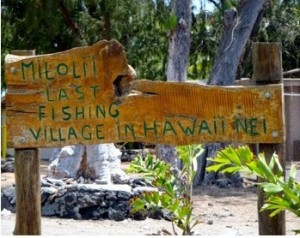
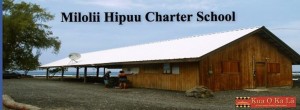
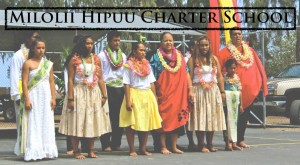
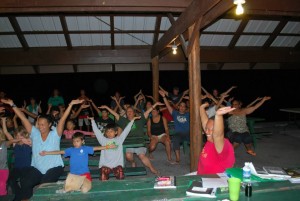
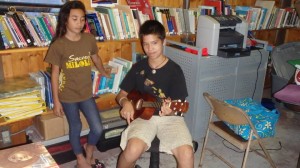
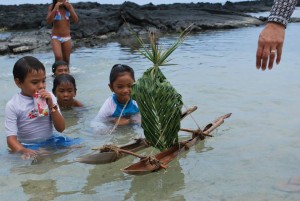
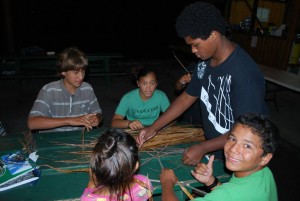
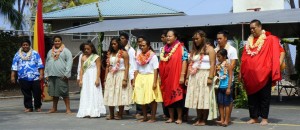


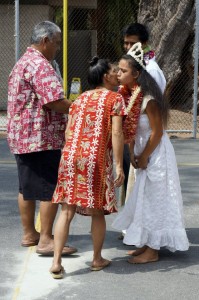
Kuleana
Kuleana is one’s personal sense of responsibility. The person possessing Kuleana, believes in the strength of this value, and will be quick to say, “I accept my responsibilities, and I will be held accountable.” Kuleana speaks the workplace language of self-motivation, ownership, empowerment, and the personal transformation which can result. Effective delegation becomes about the sharing of Kuleana with others, recognizing where it rightfully belongs, or where it can facilitate hands on learning.